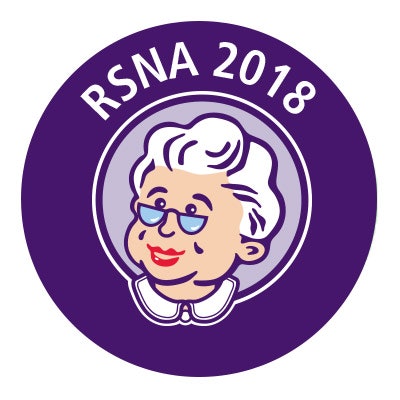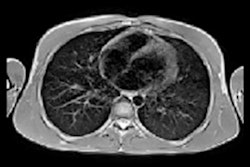
CHICAGO - Having to wait almost two months for a pediatric MRI scan with sedation is no way to run an imaging facility. It's one of the reasons staff at Montefiore Medical Center in New York City launched the SMART program to better serve this young population, according to a Thursday talk at RSNA 2018.
SMART stands for specific, measurable, achievable, realistic, and timely. The four-point initiative succeeded in reducing scheduling delays, in addition to improving start times for the first pediatric sedation MRI scan of the day and decreasing same-day cancellations.
"We reduced first-case delays and increased patient access to pediatric sedation MRI appointments, decreased the lead time to MRI starts, and decreased wait for sedation appointments," said study co-author and presenter Dr. Shlomit Goldberg-Stein, an associate professor of radiology at Montefiore.
Dropping the wait
At the start of the initiative, the wait time for a pediatric MRI scan with sedation was more than seven weeks. Even though the first MRI scan of the day was scheduled for 8 a.m., the median start time was actually 9:23 a.m., an average delay of 83 minutes. The facility also had a same-day cancellation rate of 23%, 20% of which was due to poor prescreening of pediatric patients to determine if they were suitable for sedation.
"In the spring of 2017, we realized we had a patient access problem," Goldberg-Stein told RSNA attendees. "The aim of our project was to decrease our pediatric sedation MRI first-case median start time by 50%. We set a deadline of December 1, 2017."
The initiative began with the formation of a multidisciplinary team that included clerks, schedulers, technologists, nurses, sedation nurse practitioners, radiologists, pediatric critical care physicians, and anesthesiologists. The team also used a conceptual model to improve the quality of care, drawing from three different categories: structure, process, and outcome.
"The outcomes we looked at were first case on-time start, because the first case of the day sets up the rest of the day for success or failure, and overall patient access to exam appointments," she said.
One of the key targets was to develop a strategy to help patients get to their MRI scans on time.
"We learned quickly from our team meetings that our nursing and sedation teams would not buy into timely arrival and efficiency in the early morning hours if we could not reliably have patients ready at that time," Goldberg-Stein recalled. "There were claims that patients were late, they were lost, and they were not arriving on time for their workup."
In looking at the data, the staff found that patient median arrival time was 8:06 a.m., when the patients were supposed to arrive at 7 a.m.
First, the team created a standard message for patients telling them to arrive one hour before their scheduled scan time. By doing so, the median arrival time for patients improved from 8:06 a.m. to 7:25 a.m.
Second, the staff created a checklist and script for the facility's clerks with details on the patient's arrival time and parking information, as well as an MRI cancellation phone number to call, if necessary. In addition, calls to remind patients of their appointment and to confirm were moved to 48 hours in advance. These steps further improved the median patient arrival time to 7:20 a.m.
Soon thereafter, the hospital allocated funding for a free valet parking program. "We felt this was very important for this patient population," Goldberg-Stein explained. "These are young, sick patients who are coming in early in the morning. It is a serious challenge in the Bronx; it is an infrastructure problem that lives outside of radiology but directly impacts care delivery."
This step in the SMART program further improved median patient arrival time to 7:11 a.m.
"Once we were able to do that, we got buy-in from the nursing and sedation teams," she said.
Reducing cancellations
The researchers also counted 89 same-day cancellations between March and July 2017. Patients didn't come for their scans for personal reasons or illness, or they simply were no-shows.
A fourth reason was "poor triage," Goldberg-Stein said. Patients with contraindications for sedation, including conditions such as sleep apnea, needed anesthesia rather than sedation.
By having radiology and nursing prescreen patients' charts, the facility was able to reduce the overall same-day cancellation rate from 27% to 10%.
Overall, by November 2017, the staff improved the first-scan-of-the-day start time by 35% for pediatric sedation MRI exams. Delays in patient arrival time also significantly improved to a median of 11 minutes, compared with a median of 71 minutes before the SMART program was introduced.
The staff also achieved its goal of reducing the scheduling delay for pediatric sedation MRI appointments, dropping from 51 days to 12 days.
Finally, the facility is working to reduce the number of unnecessary sedations by having a child-life specialist available for consultation services.


.fFmgij6Hin.png?auto=compress%2Cformat&fit=crop&h=100&q=70&w=100)





.fFmgij6Hin.png?auto=compress%2Cformat&fit=crop&h=167&q=70&w=250)











